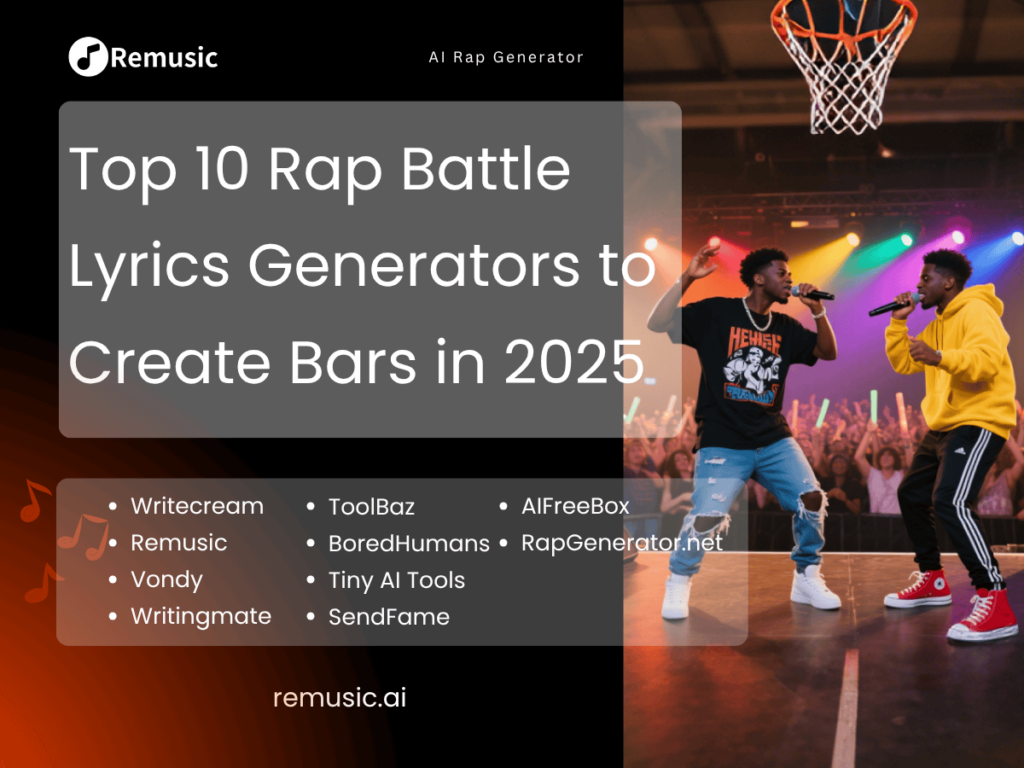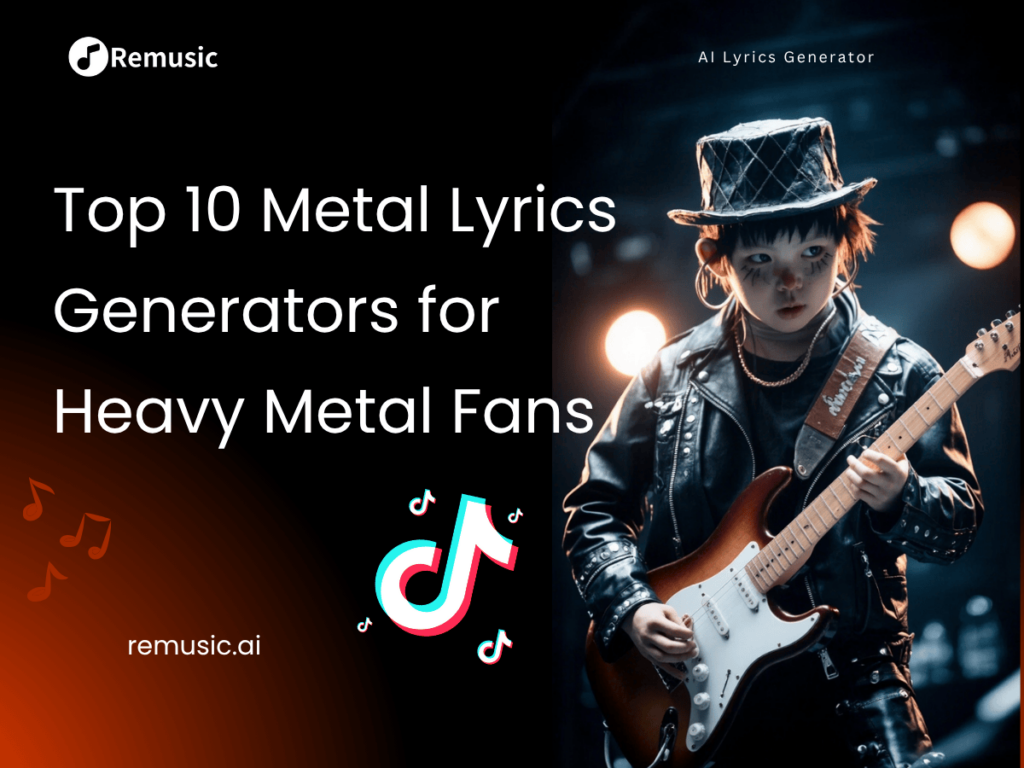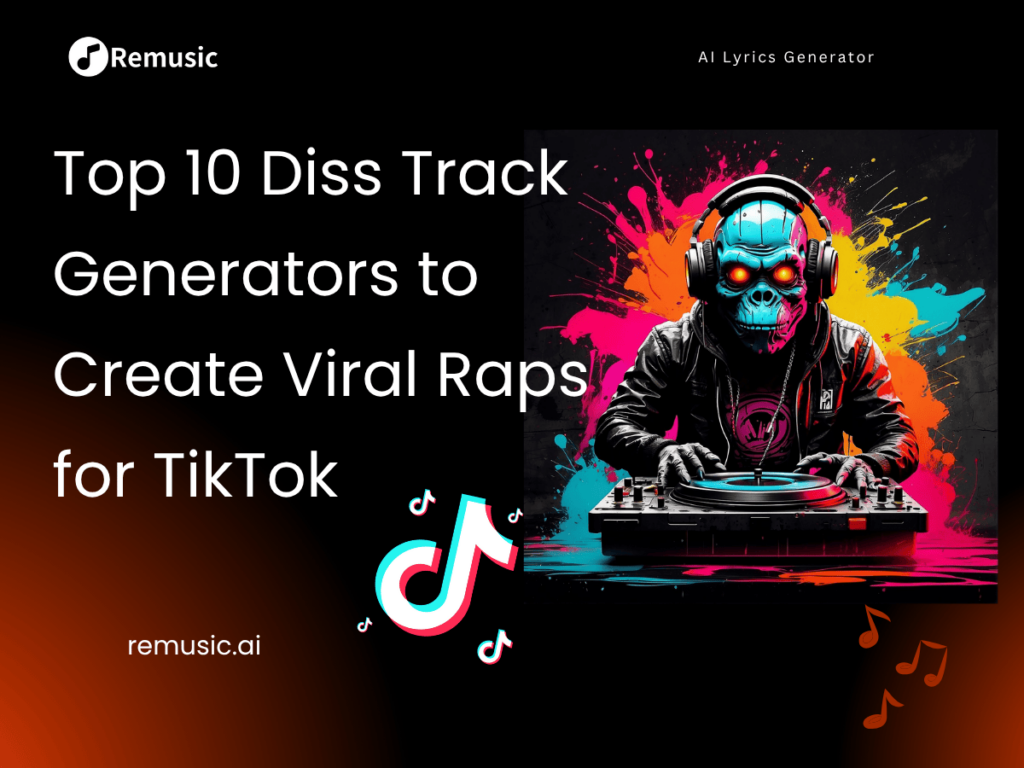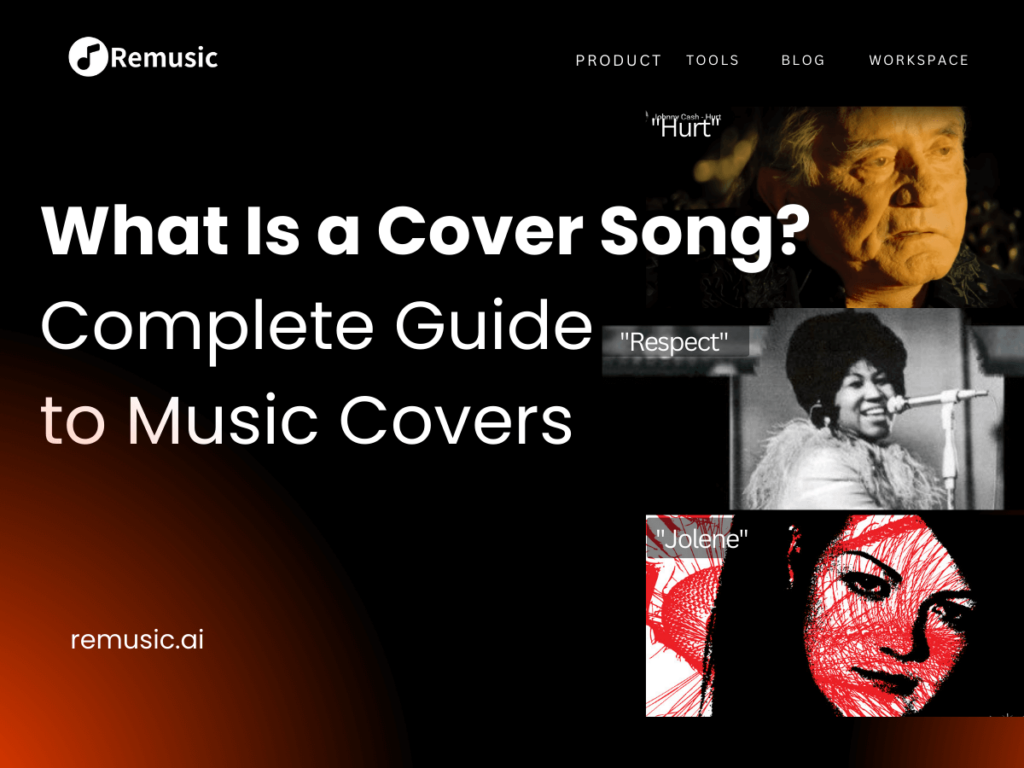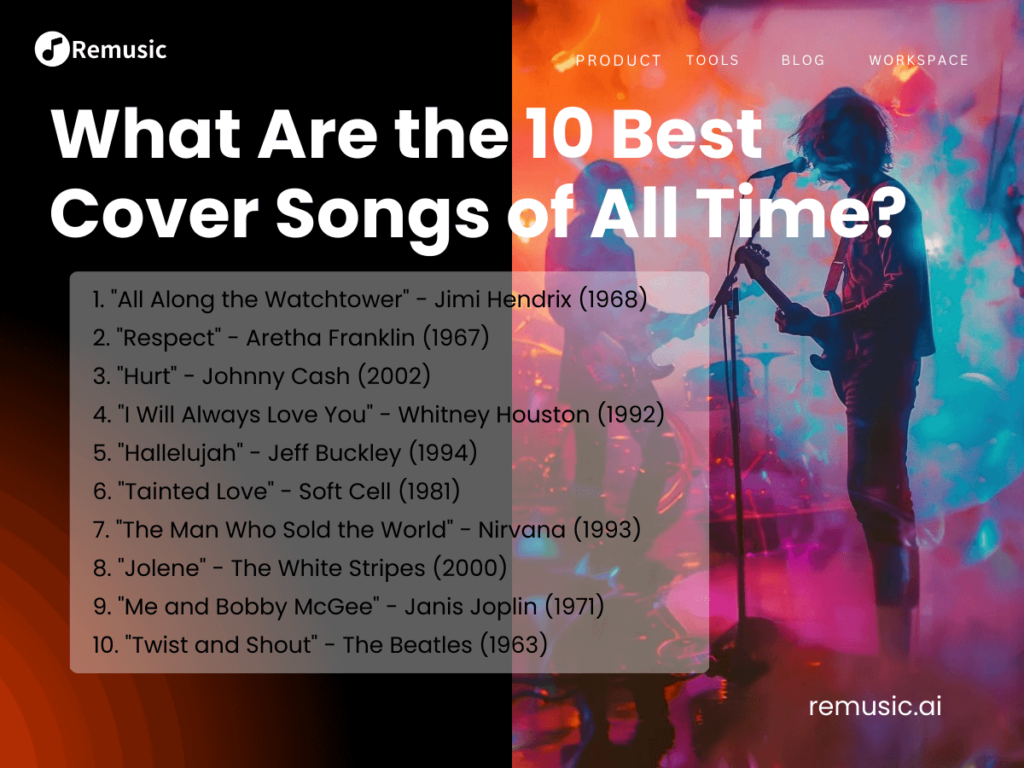Top Cartoon Sound Effects Every Creator Needs in 2025
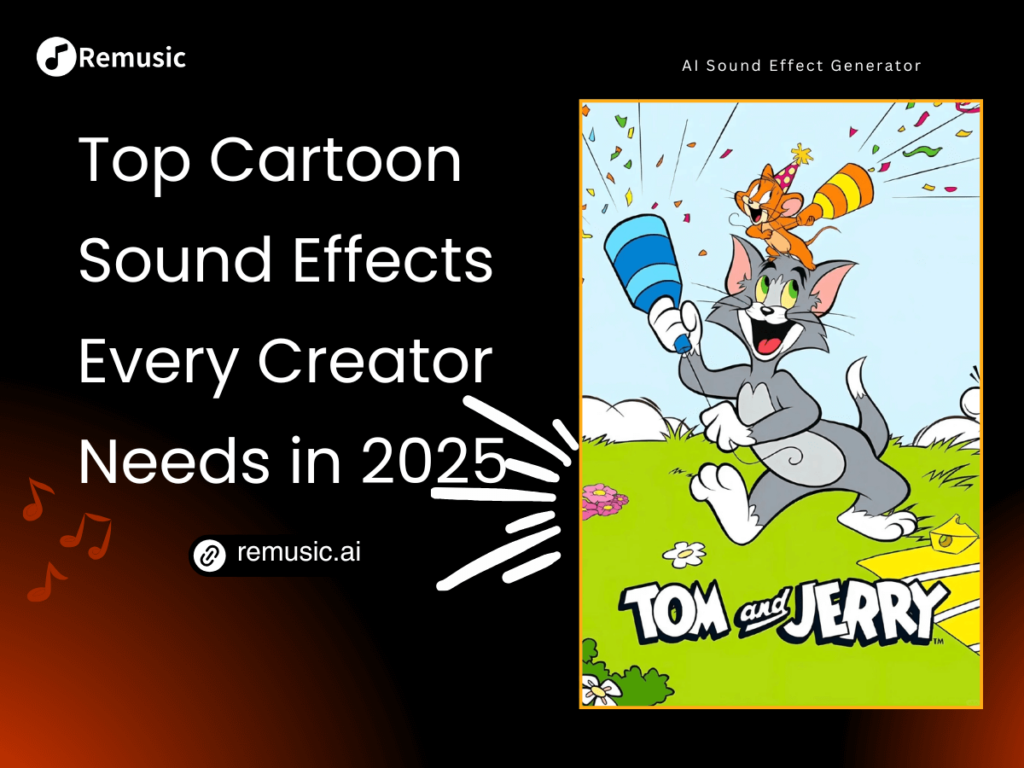
Contents
- Why Cartoon Sound Effects Still Define Visual Comedy in 2025
- The Classic DNA of Cartoon Sound Effects
- Examples of Cartoon Sound Effects in Creative Scenes
- Why Cartoon Sound Effects Are Hard to Make
- How to Create Cartoon Sound Effects from Scratch
- Essential Tips and Precautions for Cartoon Sound Effects
- FAQs: People Also Ask About Cartoon Sound Effects
- Conclusion
Why Cartoon Sound Effects Still Define Visual Comedy in 2025
Remember the metallic “clang” when Tom the cat was flattened by an iron? Or the crunchy “crack” as Bugs Bunny bit into his carrot with over-the-top nonchalance? Imagine those same scenes stripped of their sounds. Without cartoon sound effects, the exaggerated actions would fall flat, leaving comedy without punch and emotion without depth.
Cartoon sound effects are not just background noise—they are a unique audio language. They amplify emotions, build comic timing, and bring characters to life. In 2025, when visual content floods every platform, these sounds still define visual comedy. More importantly, technology has made them easier to create than ever, giving today’s creators a chance to experiment with the same magic once reserved for major studios.
The Classic DNA of Cartoon Sound Effects
Silent Film Roots
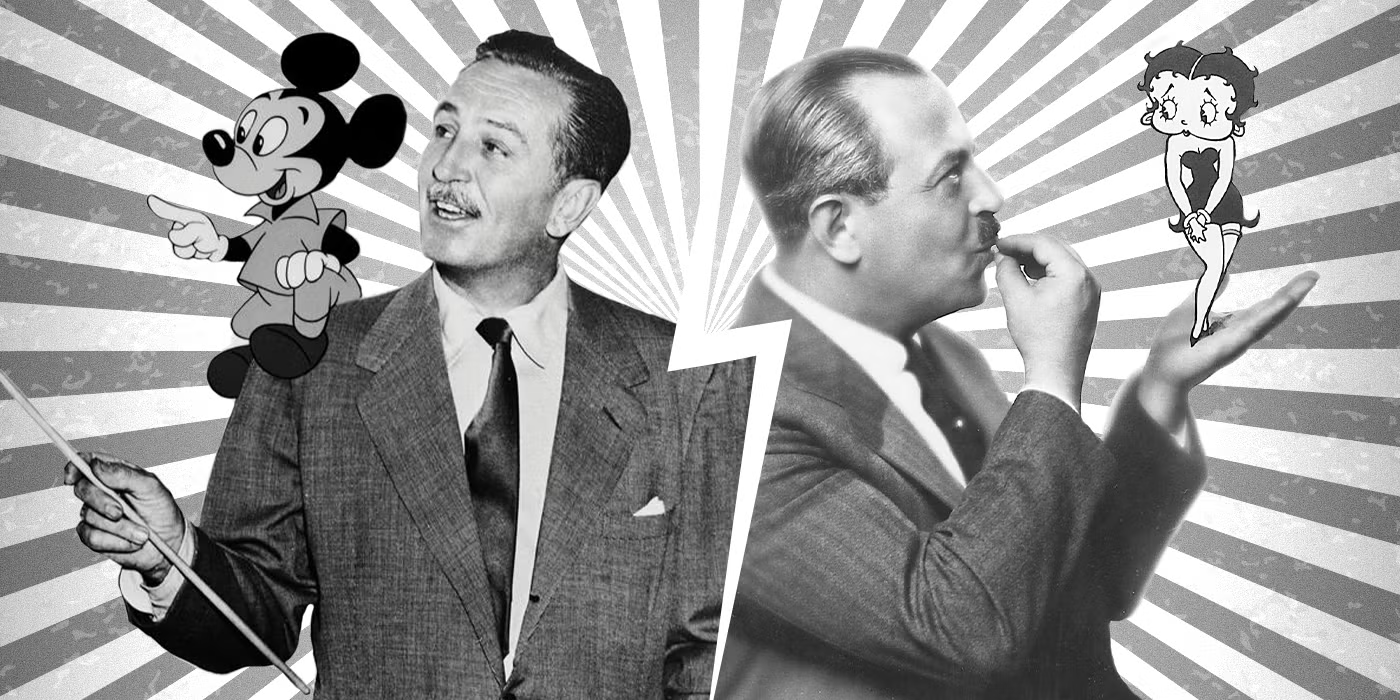
The DNA of cartoon sound effects can be traced back to silent film comedy. Early animators such as Max Fleischer borrowed the slapstick rhythms of Charlie Chaplin and Buster Keaton. In cinemas, live musicians accompanied the screenings, often improvising sound cues with pianos, cymbals, bells, or even mouth noises. A sliding note could signal a pratfall, while a fast arpeggio heightened a chase. Even in these rudimentary beginnings, the principle was clear: sound exaggerated action, not simply mirrored it.
Warner Bros. and the Golden Age
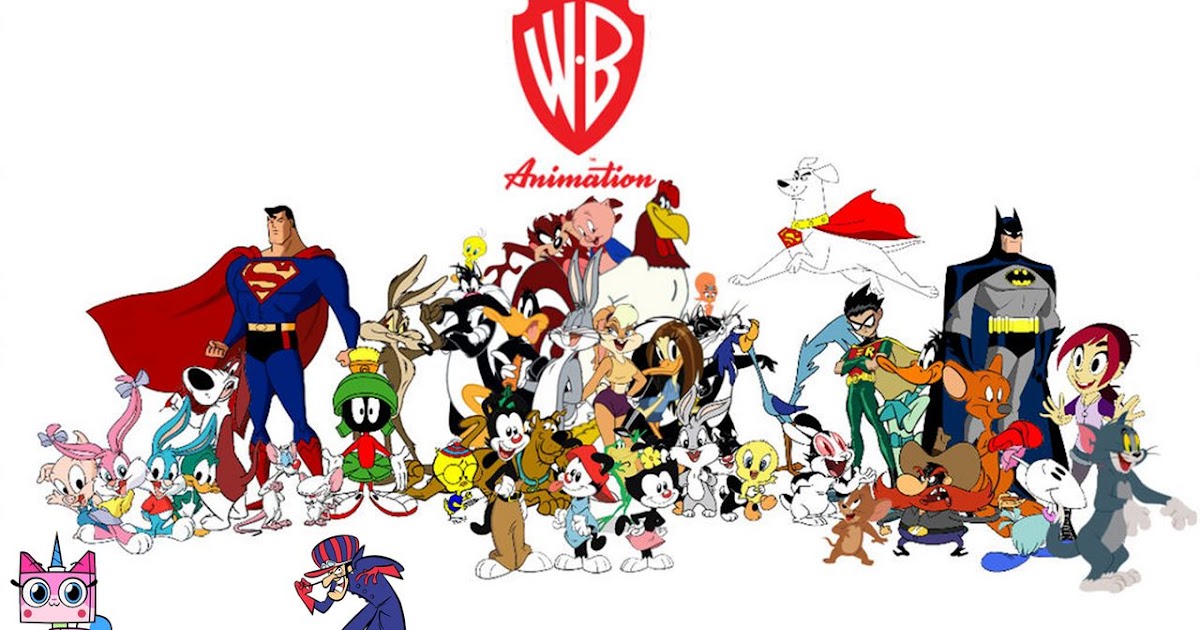
The golden age of Warner Bros. cartoons—Looney Tunes and Merrie Melodies—marked the birth of fully developed cartoon sound design. Sound editor Treg Brown and his team became audio alchemists. They twisted springs to simulate sneaky footsteps, struck gongs for comedic head smashes, and shook sleigh bells for twinkling stars. Sometimes, they even performed bizarre vocalizations themselves. This playful inventiveness produced the iconic “carnival” style of sound, which defined characters like Bugs Bunny and Daffy Duck.
From Foley to Digital Libraries
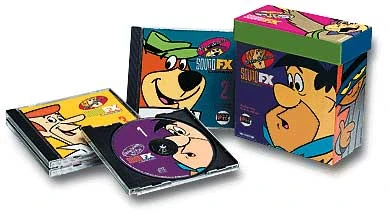
By the 1980s, technology brought new tools. Foley remained essential, but samplers and digital audio workstations allowed sound designers to record, edit, and organize massive libraries. Warner Bros. and Hanna-Barbera both built extensive archives of cartoon sound effects, ensuring that sounds like “boing,” “crash,” and “whoosh” became instantly recognizable worldwide. Yet the creative rule never changed: sound must be bigger, funnier, and more expressive than reality.
Examples of Cartoon Sound Effects in Creative Scenes
Exaggerated Action Effects
Action-oriented cartoon sound effects are the spice of slapstick:
- BANG! / CLANG! – Heavy impacts or explosions, often created with layered percussion.
- WHACK-POW! – A fight effect, combining wind “whoosh” with a crisp slap.
- SWOOSH! – High-pitched glides used to exaggerate fast movement.
These sounds transform mundane collisions into moments of comedy and spectacle.
Expressive Emotional Sounds
Cartoon sound effects excel at making thoughts audible:
- DING! – A light bulb moment.
- GURGLE – From hunger to suspicion, depending on pacing.
- WOW~ – Rising slides that capture awe, envy, or love.
- WAAAH! – Over-the-top crying with splashing tears.
By externalizing emotions, these sounds let audiences “hear” the invisible.
Transitions and Magical Cues
Beyond comedy, certain sound effects shape rhythm and atmosphere:
- WHOOSH – For scene transitions.
- BLING-BLING – Sparkly entrances or jewels.
- HUMMMM – Magical power-ups or mysterious forces.
They build the fantastical logic of the cartoon universe.
Hollywood Classics
Series like Tom and Jerry or Looney Tunes perfected timing. Jerry’s rapid footsteps—“tap-tap-tap”—matched every frame. When Tom was flattened, the metallic reverberation felt as iconic as the gag itself. These sounds fused with animation so tightly that fans worldwide can recall them without seeing the visuals.
Anime Signatures
Japanese anime developed its own sonic aesthetics:
- Doraemon: The futuristic “piko-piko” gadget sound.
- Dragon Ball: The low rumble of energy charging, followed by explosive “KAAA-ME-HAAA.”
These became cultural touchstones, inseparable from their franchises.
Internet Meme Sounds
In the internet era, cartoon sound effects became memes:
- “DUN DUN DUNNNN” – A dramatic sting for irony or suspense.
- “OH NO~” – A warped vocal meme symbolizing comic failure.
By transcending animation, they entered viral culture, recycled endlessly in short videos.
Why Cartoon Sound Effects Are Hard to Make
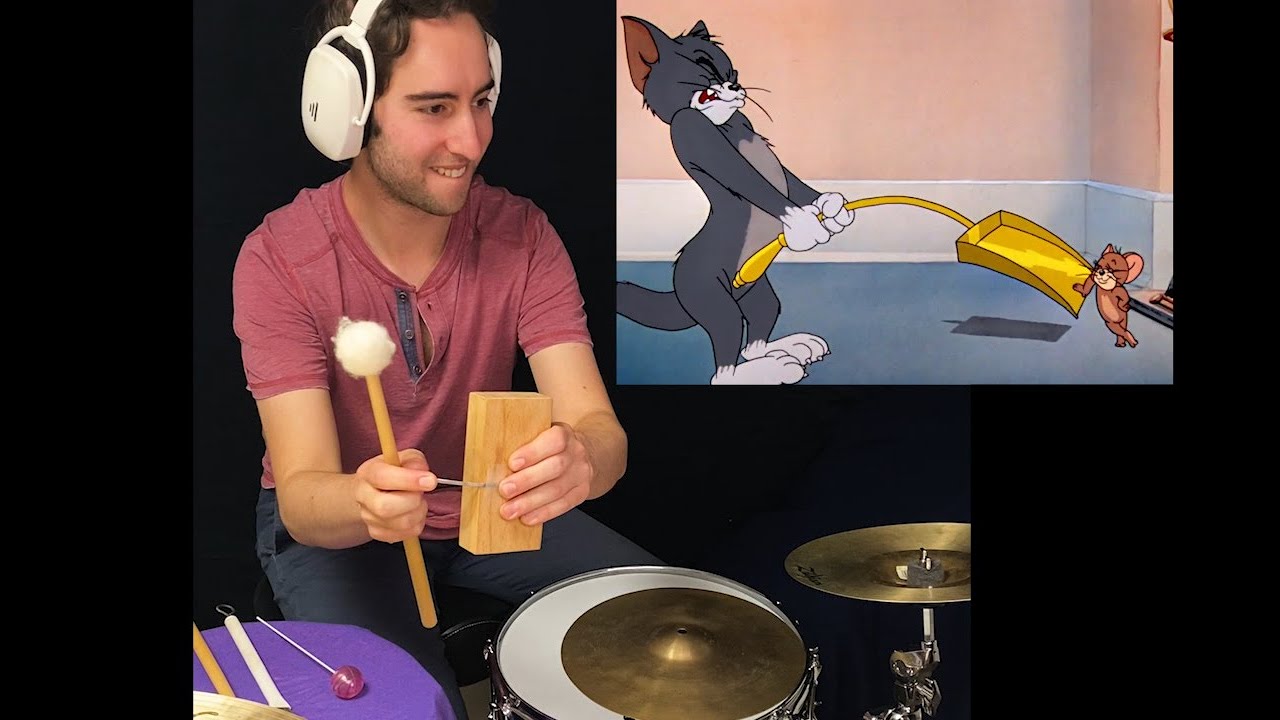
Traditional sound design is notoriously demanding. Foley requires specialized studios, expensive equipment, and years of skill. Editing tools like Pro Tools or Ableton Live can overwhelm beginners. Licensing sound libraries adds costs. For small creators, high-quality cartoon sound effects once seemed out of reach.
But AI has transformed this landscape. By training on massive audio datasets, AI tools now generate realistic, stylized, and royalty-free sounds from simple text prompts. What once demanded expert knowledge can now be done in seconds, opening the doors of creativity to independent animators, YouTubers, and game developers.
How to Create Cartoon Sound Effects from Scratch

AI platforms like Remusic illustrate this shift. Here’s how creators can build custom cartoon sound effects:
-
Text-to-sound prompts – The heart of AI sound design. Inputs should specify:
- Subject + action (“cartoon spring boing,” “magic star sparkle”).
- Style/emotion (“funny,” “retro,” “epic”).
- Onomatopoeia references (“boing,” “bang,” “swoosh”).
Example: “cartoon boing sound effect for a spring, funny and elastic.”
- Choose models and fine-tune – Pick a style (classic, modern anime, surreal) and adjust length or intensity.
- Edit and export – Preview, trim, loop, and download in high quality (e.g., WAV or MP3).
Case Demo
Suppose you animate a ball toppling a block tower:
- Generate “boing” variations for bouncing.
- Generate “crash bang” for wooden blocks falling.
- Sync each bounce with the ball’s contact frames, then overlay the crash at the climax.
The result: a lively, professional soundscape built without a studio.
Essential Tips and Precautions for Cartoon Sound Effects
- Be specific with prompts – “Sad trombone slide” is better than just “failure sound.”
- Layer sounds – Combine multiple generated clips (bang + metal crash + rumble) for richness.
- Mind licensing – Most AI tools provide royalty-free outputs, but always check usage rights.
With these best practices, cartoon sound effects become not just functional but transformative.
FAQs: People Also Ask About Cartoon Sound Effects
Q1: Can I legally use AI-generated cartoon sound effects in my YouTube videos?
Yes—most AI tools provide royalty-free licenses, but confirm in their terms of service.
Q2: What’s the difference between cartoon sound effects and regular sound effects?
Cartoon effects are exaggerated, stylized, and often surreal, designed for comedy or fantasy.
Q3: Do I need expensive software to make cartoon sound effects?
Not anymore. AI tools now allow high-quality creation without professional studios.
Q4: Can these sounds work in games or apps, not just cartoons?
Absolutely. Many indie game developers now use cartoon sound effects for playful experiences.
Q5: How do I avoid overusing them?
Balance is key—use silence strategically, and don’t overload every frame with effects.
Conclusion
From Treg Brown’s tinkering in Warner’s sound booths to AI platforms generating sounds from simple prompts, the journey of cartoon sound effects is one of innovation and imagination. What remains constant is the human urge to tell stories through sound and laughter.
Today, the barriers are gone. Whether you’re an animator, streamer, or game creator, you no longer need to only consume these sounds—you can invent your own. With modern AI tools, every creator has the power to inject life, humor, and magic into their work. The stage is yours. Start crafting your own cartoon sound effects, and let the world hear your imagination.
